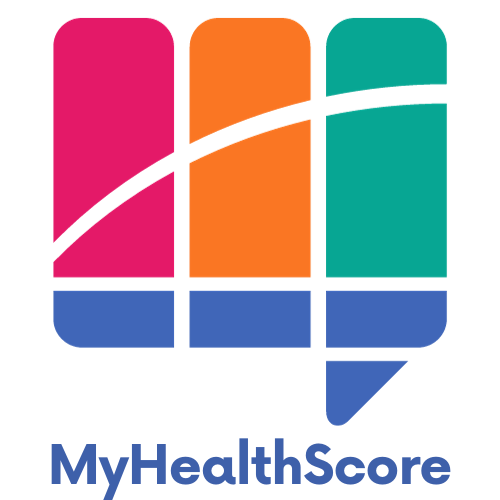Arthritis Explained: What Is It and How Is It Treated?
A diagnosis of arthritis can be confusing. You’re suddenly wading through a lot of new information about your body, your health and treatment options.
If you’re searching for clear information about arthritis and trusted ways to manage your symptoms, this article is for you.
As health professionals, there are common questions we’re often asked about arthritis. Let’s take a look at them now.
What is arthritis?
Arthritis is a term used to describe a group of conditions affecting the joints of the body.
There are over 100 different types of arthritis, however the most common types are osteoarthritis (OA), rheumatoid arthritis (RA) and gout.
What are the common symptoms of arthritis?
Symptoms of arthritis often develop over time. Arthritis is commonly diagnosed in adults over 65 years of age, but it can also develop in children, teens and younger adults.
Some common symptoms of arthritis include:
Joint pain
Stiffness
Swelling
Decreased range of motion
Redness of skin around joints
Rheumatoid Arthritis:
Tiredness
Loss of appetite
Anemia
Fever
Long-term - joint deformity can occur if left untreated.
What causes arthritis?
Some forms of arthritis are caused by loss of cartilage. Cartilage is a flexible connective tissue in your joints. It acts as a shock-absorber for your joints, protecting them from pressure.
Osteoarthritis (OA) occurs from normal wear and tear of the joints (or breakdown of cartilage over time). Injury or infection can speed up cartilage breakdown, increasing your risks of developing OA. Family history can also be a risk factor for OA.
Repetitive activities in the course of your work or life can also lead to joint damage. This might include repetitive lifting tasks or computer work. Utilising ergonomic aids and stretching can support your joints and reduce your risk of developing a strain injury.
Rheumatoid arthritis (RA) is an autoimmune disorder. RA occurs when your body’s immune system mistakes the tissues of the body as a threat and begins to attack them. Specifically, synovial fluid (which lubricates the joints) is affected, causing a loss of protection around the joint.
How is arthritis diagnosed?
If you’re experiencing symptoms, a great first step is to discuss your experiences with your doctor.
Your doctor will likely perform a physical examination checking for fluid around your joints, as well as checking for any warm or red areas around your joints. They will also check your range of motion. Scans are also commonly used to see what’s and rule out other potential causes of your pain.
Your doctor can refer you to a rheumatologist for further support.
How is arthritis treated?
Arthritis treatments have two core goals:
Manage pain, and
Prevent further damage to your joints.
You may be prescribed medication to assist in managing your symptoms. Common medications are:
Analgesics (for pain management)
Non-steroidal inflammatory drugs (for pain management and to reduce inflammation)
Creams (for pain management)
Immunosuppressants (to reduce inflammation).
Another form of treatment is physical therapy to strengthen muscles around the joint and support maintenance of a healthy weight.
Some people may require surgery to replace a damaged joint with an artificial one (commonly knees and hips).
The earlier you seek support for your arthritis the better. Getting an accurate diagnosis from your doctor will help to get the right treatment started as soon as possible.
What can you do to self-manage your arthritis?
In consultation with your doctor, some people find the below techniques helpful in self-managing their symptoms.
Heat and cold packs to manage inflammation and pain
Maintaining a healthy weight - reduces the strain on your joints
Healthy diet - to support weight maintenance and reduce inflammation
Foods such as fresh fruits and vegetables, fish and nuts can help with reducing inflammation.
Regular exercise - helps to keep your joints healthy. Pick forms of exercise that are safe for you, e.g. swimming can be a safe form of exercise as it is non-weight bearing and therefore doesn’t put pressure on your joints.
Key points
Arthritis is a term used to describe a group of conditions affecting the joints of the body.
The earlier you seek support for your arthritis the better. Getting an accurate diagnosis from your doctor will help to get the right treatment started as soon as possible.
Arthritis treatments commonly have two goals: managing pain, and preventing further damage to your joints.
You can support your body through maintaining a healthy lifestyle including: eating an anti-inflammatory diet, being physically active in safe ways (e.g. swimming), and maintaining a healthy weight to reduce any additional strain on your joints.
Additional Resources
Arthritis Australia: offer a range of services and supports for people experiencing arthritis
Before you go…
For more helpful articles like this one subscribe and receive future articles direct to your inbox (no spam, only quality health information).
Share this article with others who might benefit from this information.
Improve your health score today with the health score quiz.
